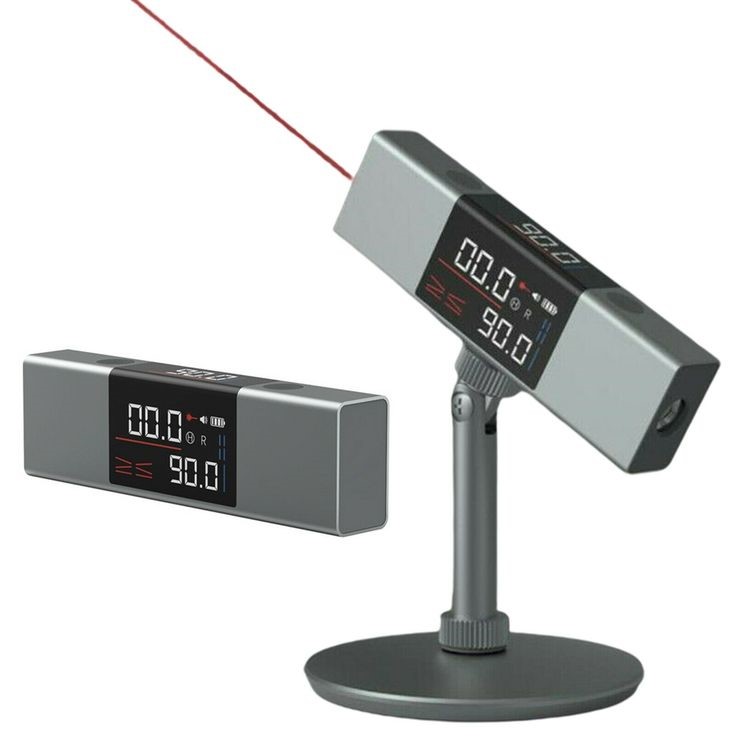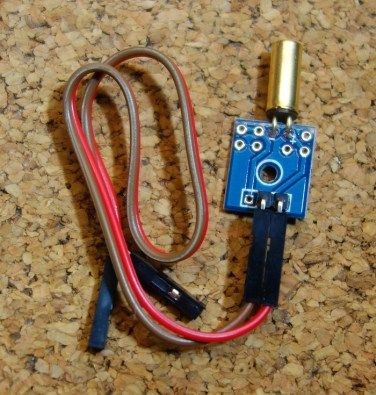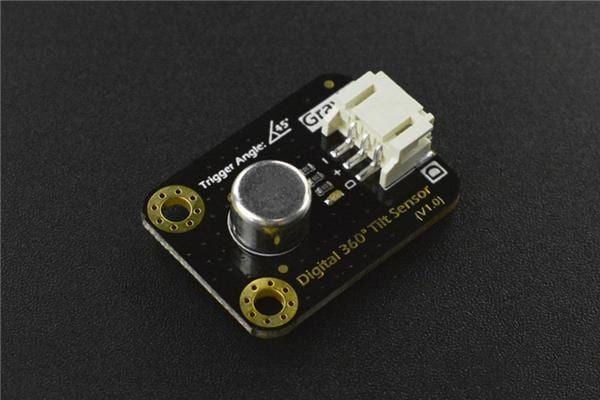Tilt sensors, also known as inclination sensors, are miniature marvels of engineering that quietly monitor and report on the orientation of objects. Picture a tiny, delicate device, often resembling a tiny compass, nestled within the heart of a machine or structure.
Working Principle:
Inside this sensor lies a clever combination of physics and circuitry. A small, weighted mass is suspended within a fluid, its movement carefully tracked by sensors. As the object housing the sensor tilts, gravity pulls on the mass, causing it to shift within the fluid. This shift is detected by a micro-switch, a piezoelectric element, or a Hall-effect sensor, converting the physical movement into an electrical signal.
This electrical signal then transmits information about the tilt angle to a control system. It’s like a whispered message from the sensor, informing the system about the object’s lean or pitch. This information can be used to trigger alarms, activate stabilizing mechanisms, or adjust the operation of the machine or structure.

Applications:
Think of a smartphone automatically rotating its display based on your phone’s tilt.

A building’s safety system alerting engineers to a dangerous lean.
A robotic arm deftly adjusting its position based on its perceived angle.

These are a few examples of a diverse applications where this sensor quietly plays a critical role; ensuring safety, efficiency, and precision.
Types:
Here are the common types of tilt sensors:
Inclinometers: These sensors use a weighted mass suspended within a fluid. The mass’s movement, caused by gravity, is measured to determine the tilt angle.

Micro-electromechanical Systems (MEMS) Tilt Sensors: Uses tiny, integrated circuits that measure the angle of an object’s tilt. They are typically found in smartphones and other consumer electronics.

Piezoelectric Tilt Sensor: This sensor uses piezoelectric materials that generate an electrical charge when subjected to mechanical stress. This charge is proportional to the tilt angle.
Hall-Effect Tilt Sensor: This sensor uses the Hall effect to measure the angle of an object’s tilt. The Hall effect is the production of a voltage across a conductor in a magnetic field.
Optical Tilt Sensor: This sensor uses light to measure the angle of an object’s tilt. They can be highly accurate but are more expensive than other types of tilt sensors.
The best type of tilt sensor for a particular application will depend on factors such as the required accuracy, operating temperature, size, and cost.
Tilt sensors provide a silent yet vital method to monitor and control the orientation of objects, ensuring safety, precision, and efficient operation. From smartphones to industrial machinery, these miniature marvels play a significant role in our technology world, continuously adapting to our evolving needs.
Shop:



